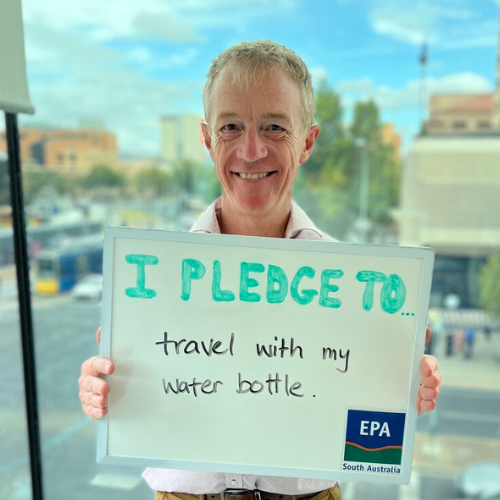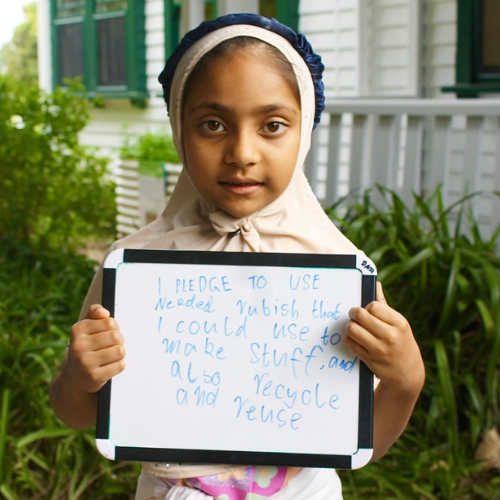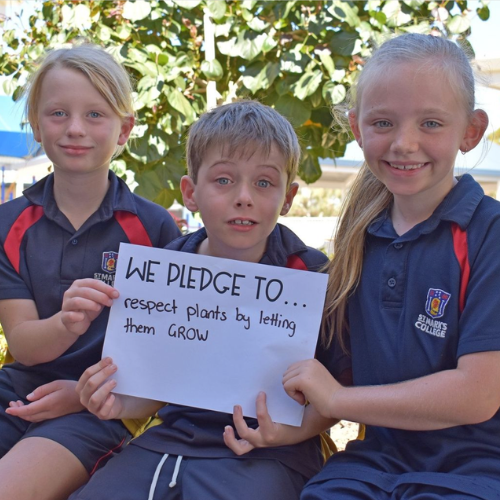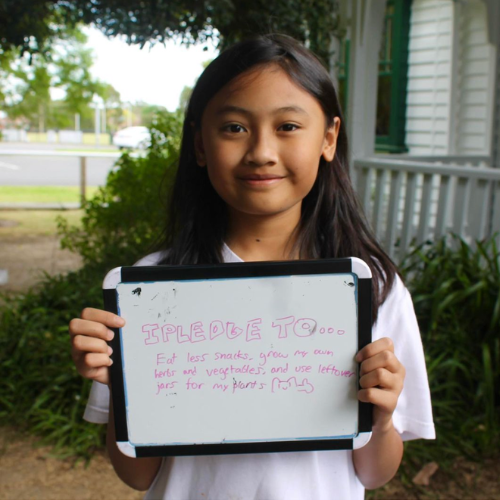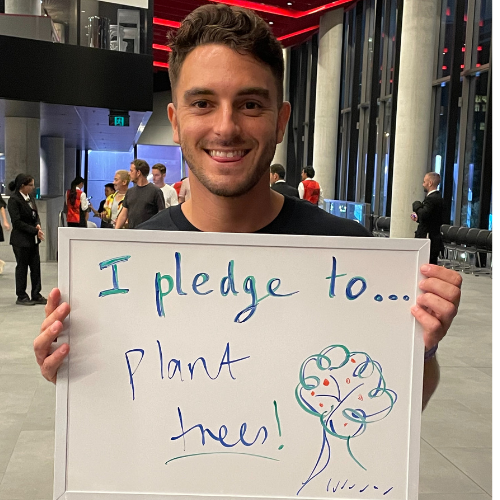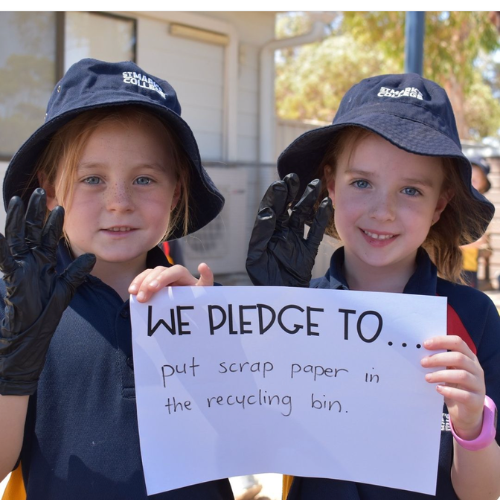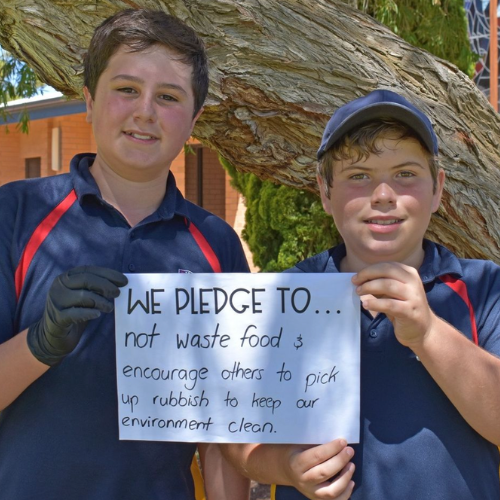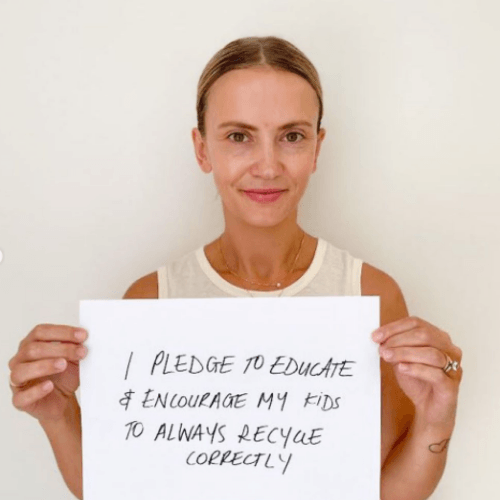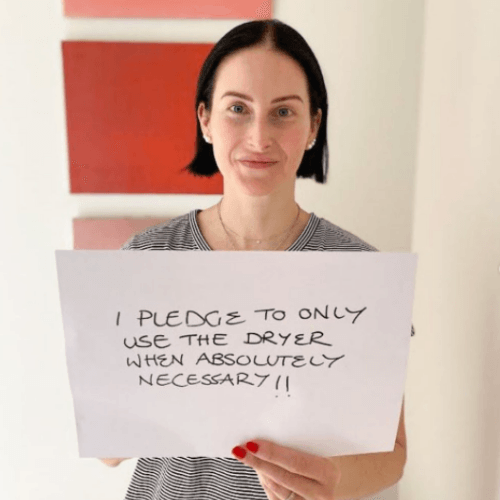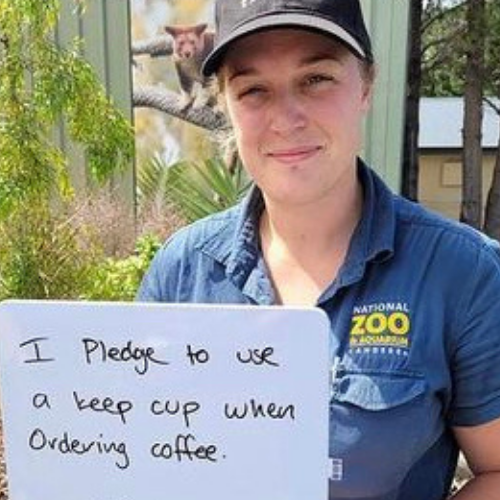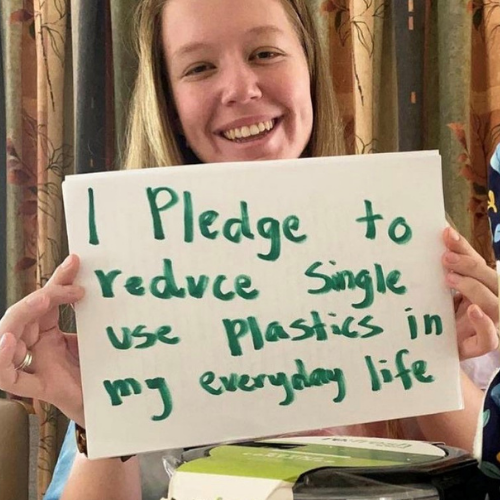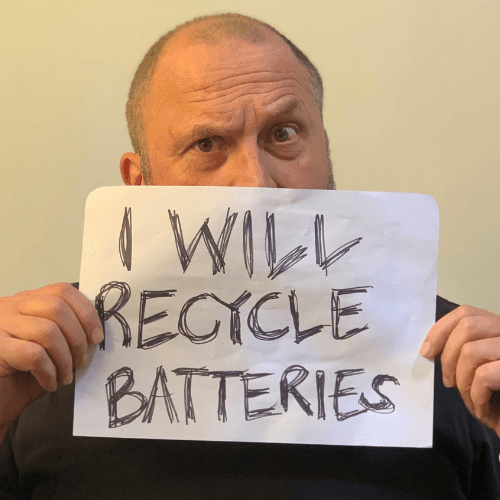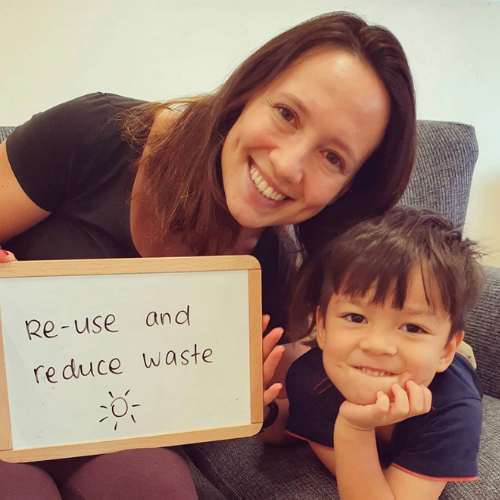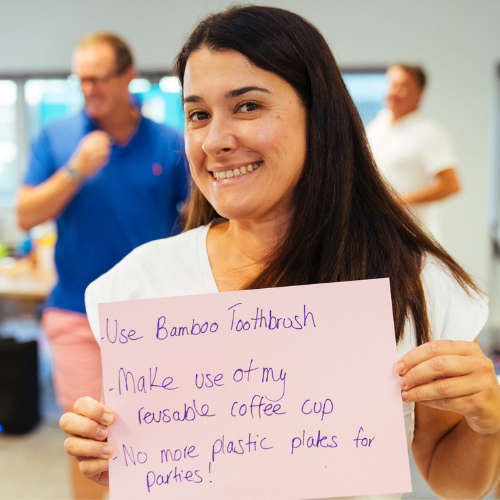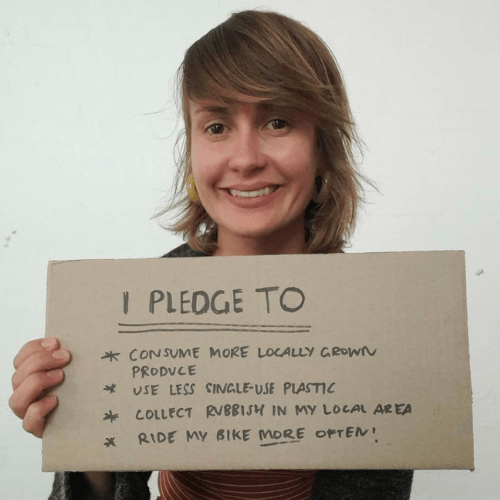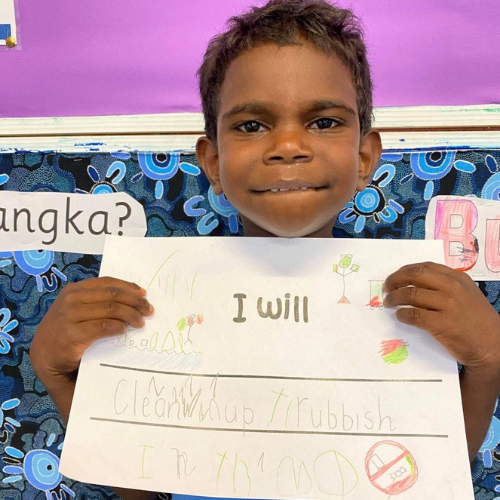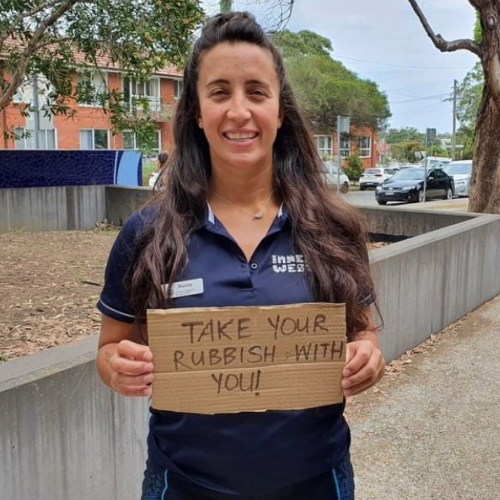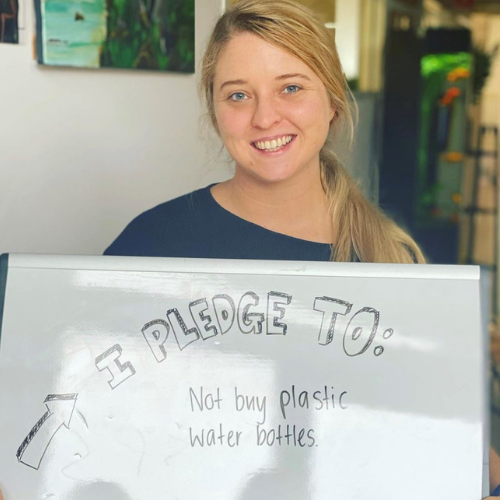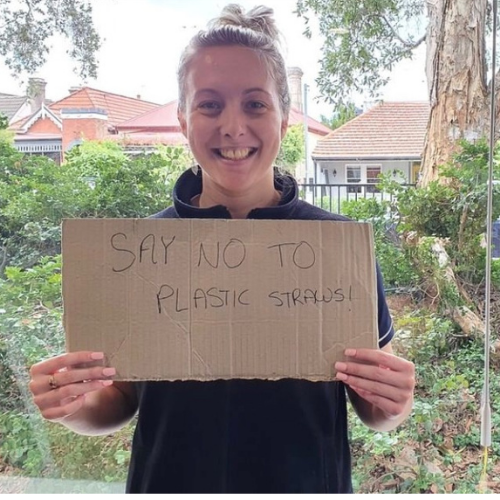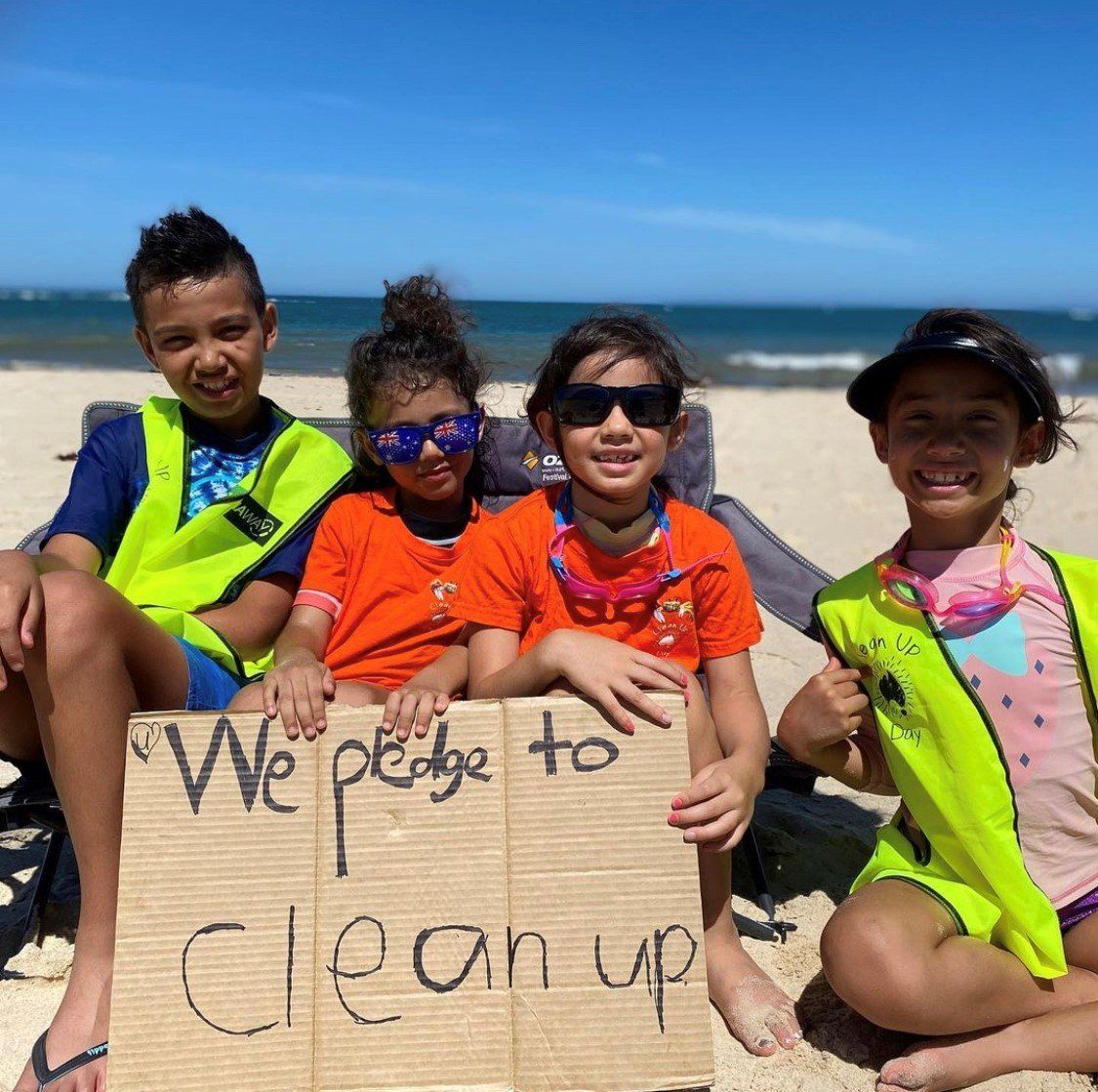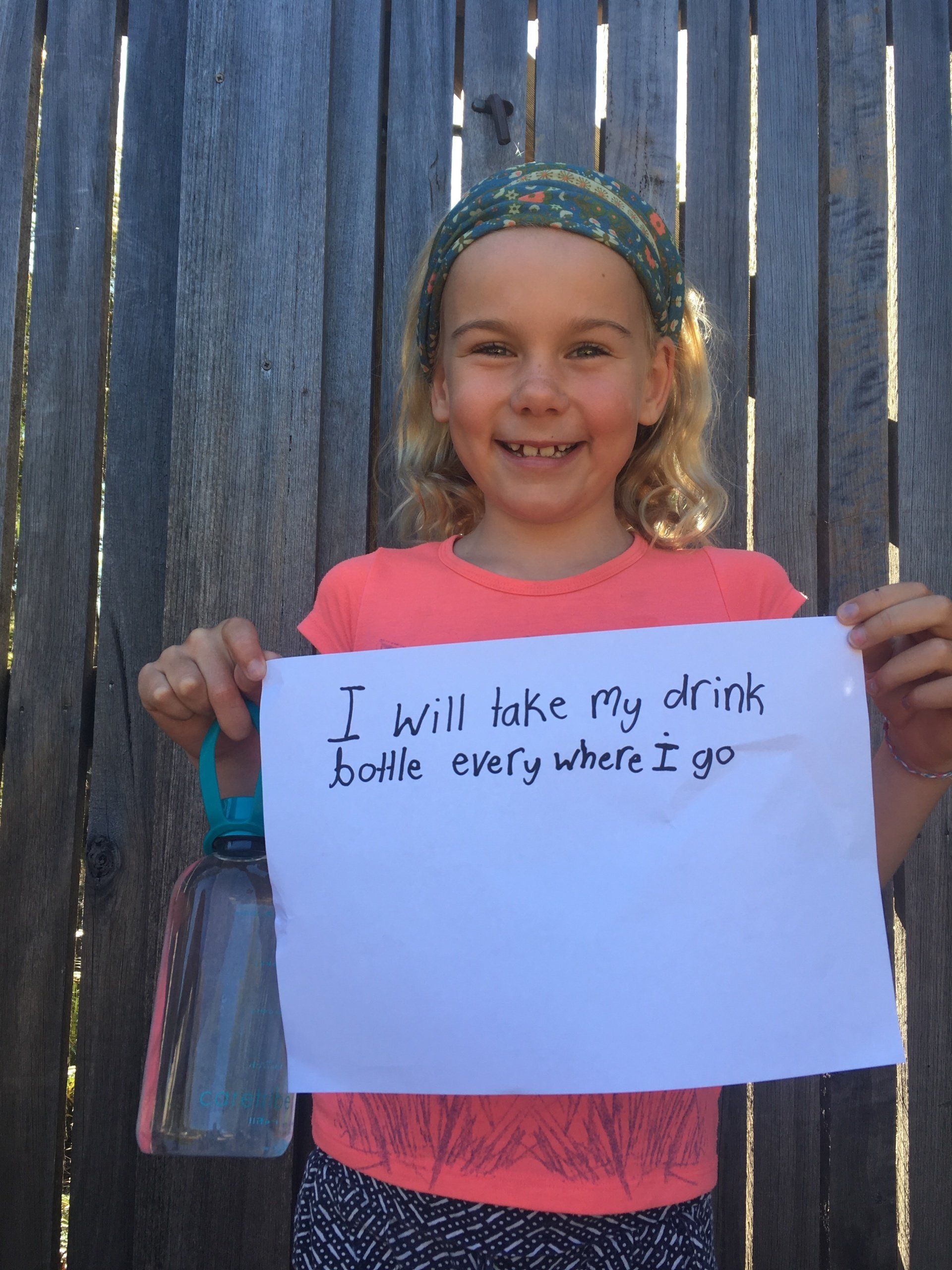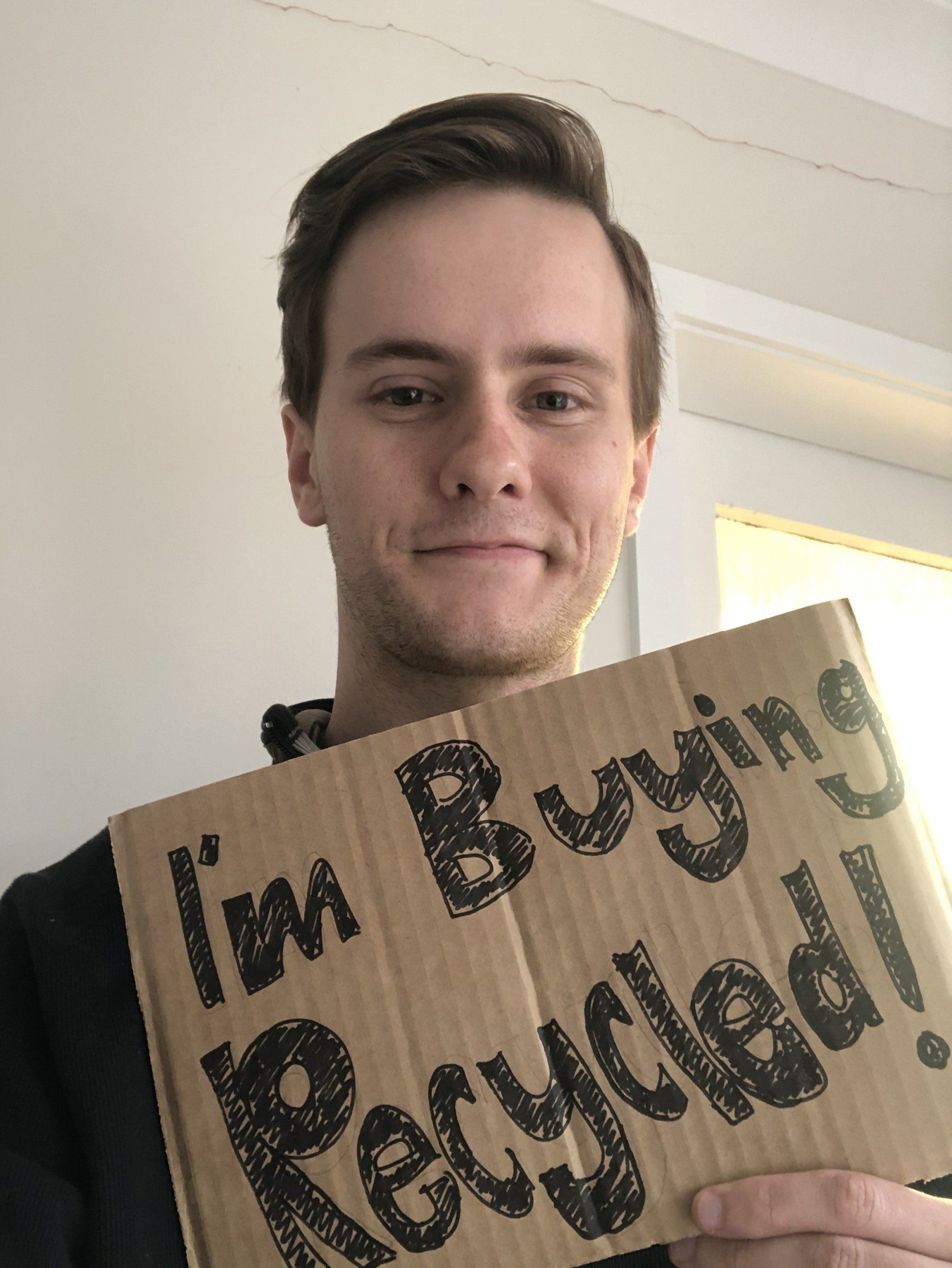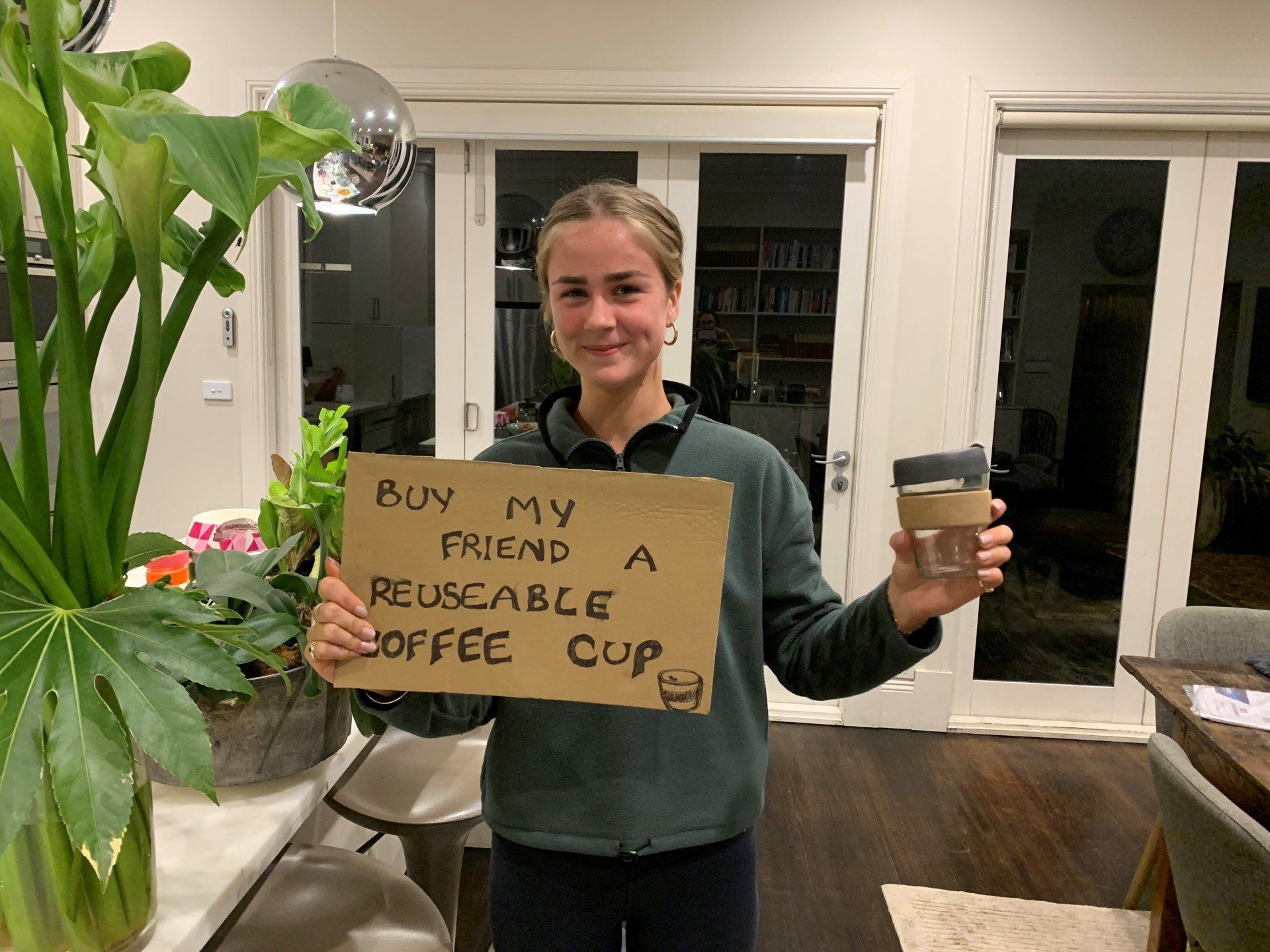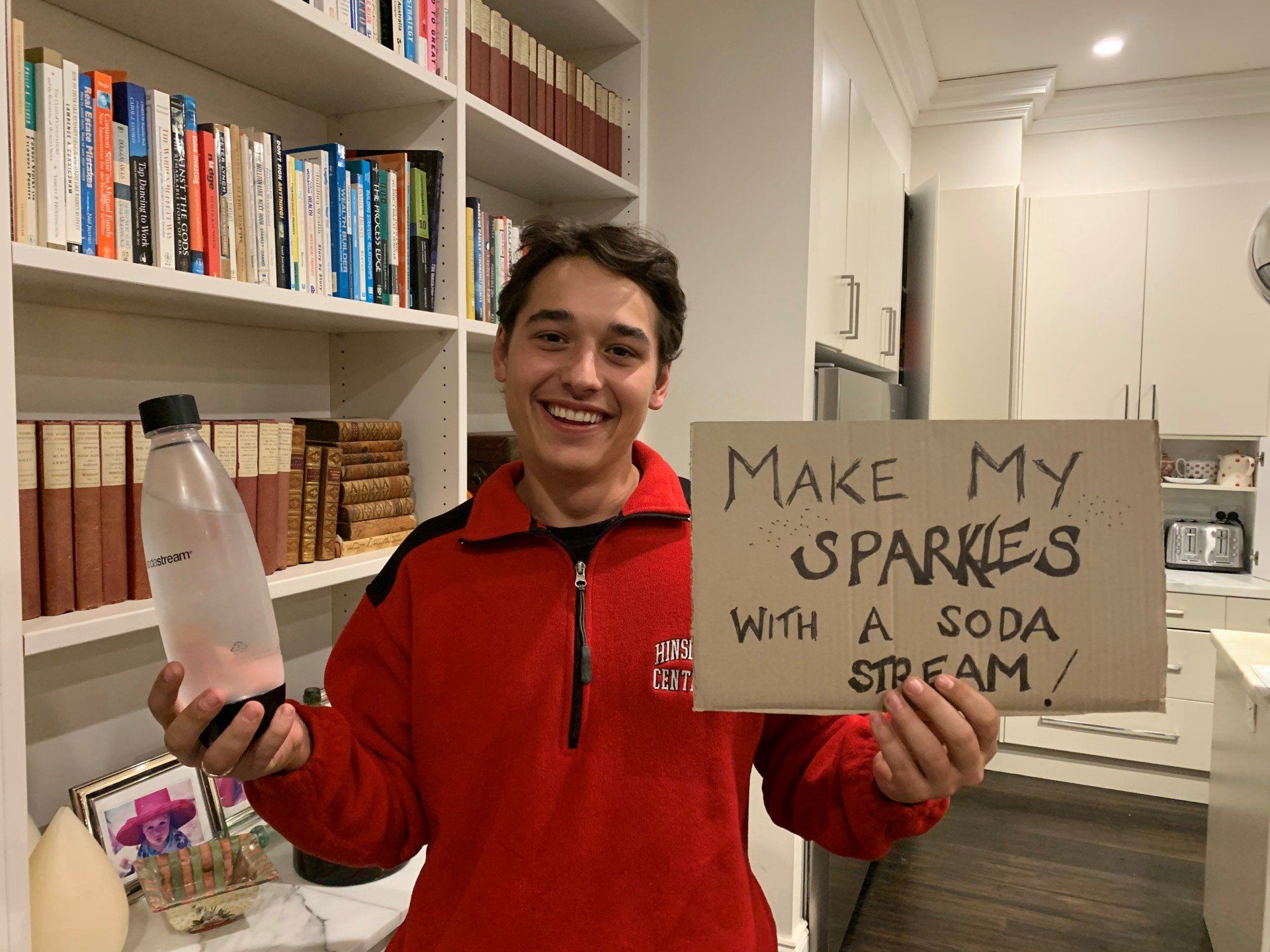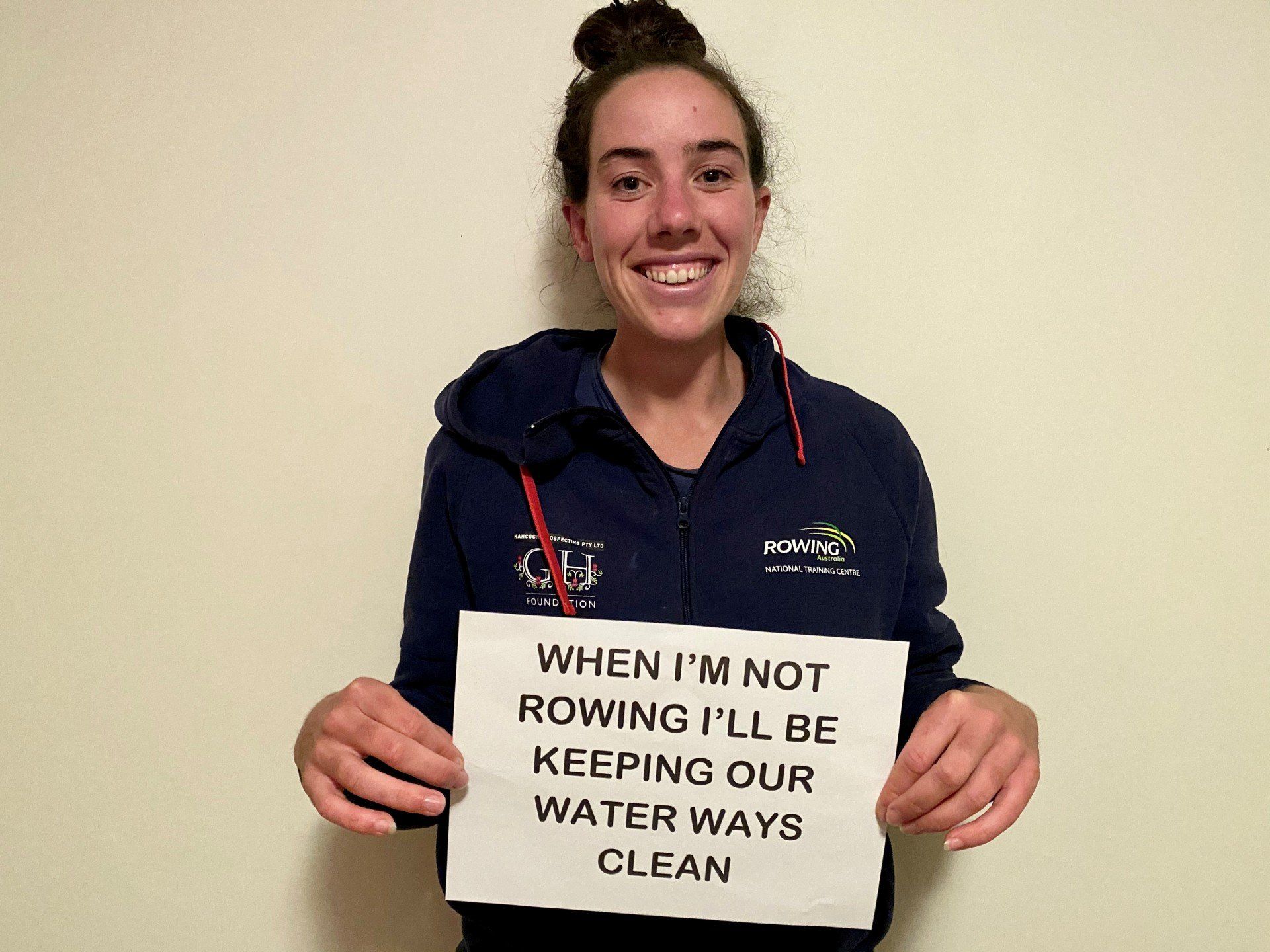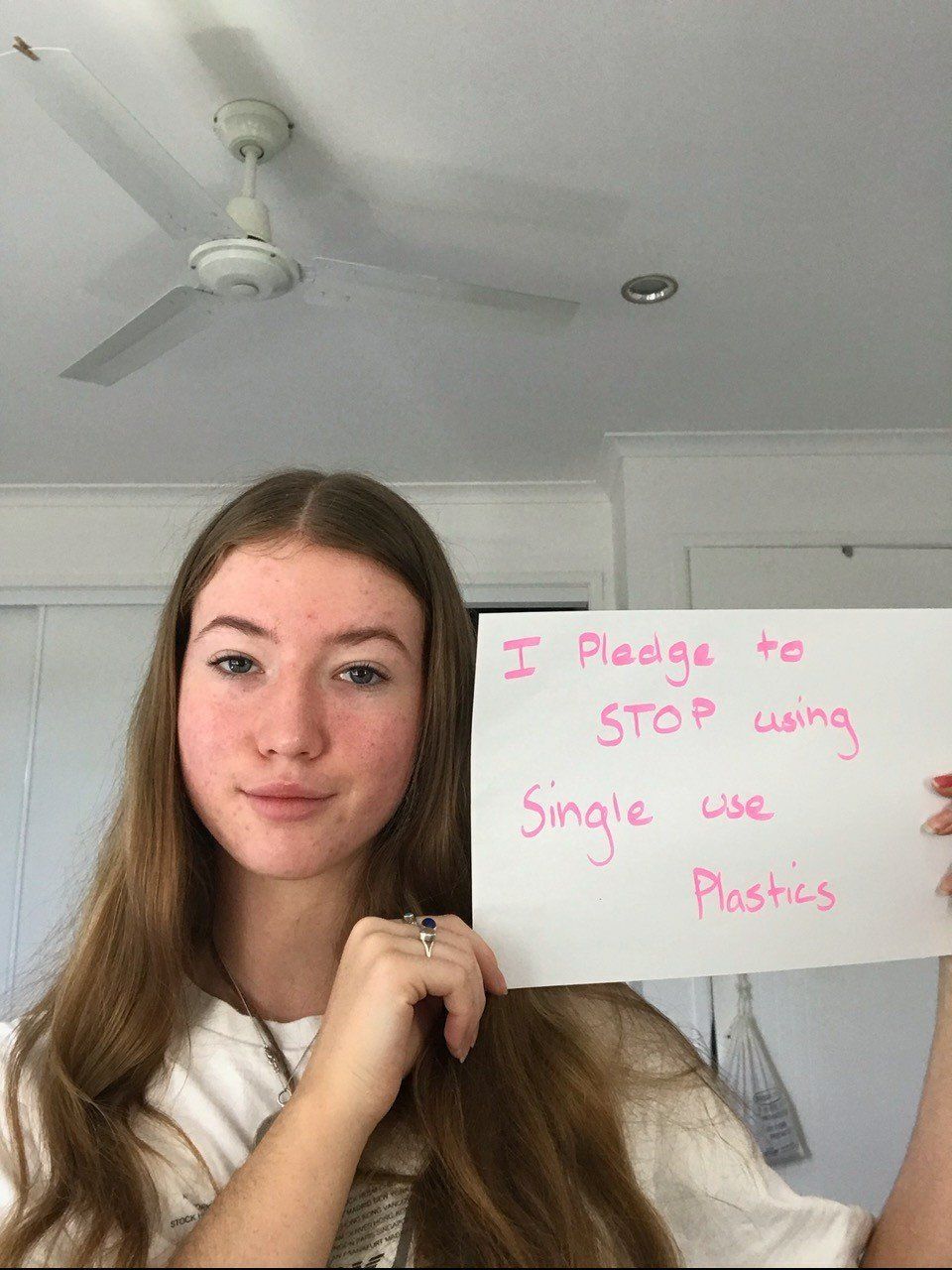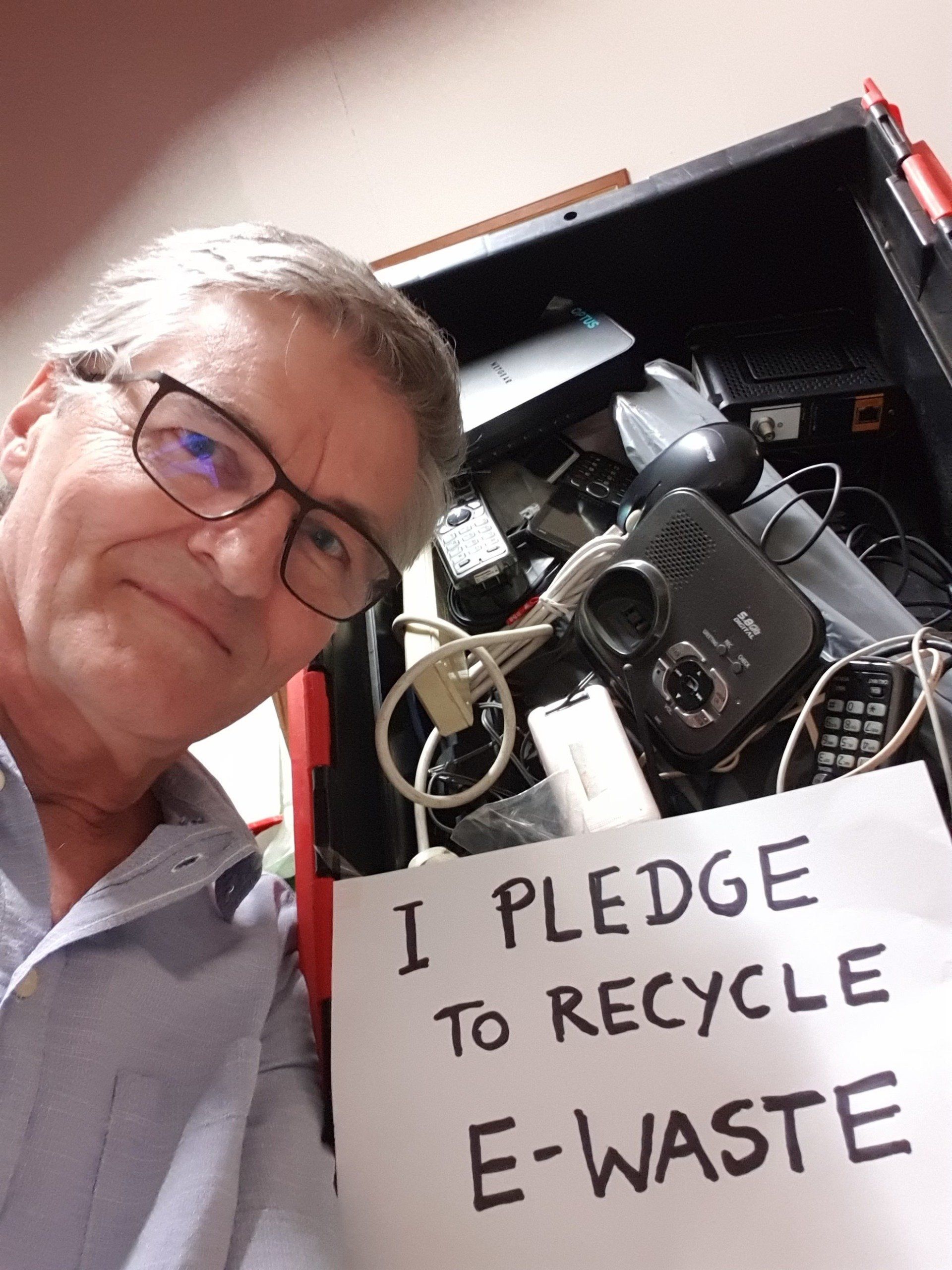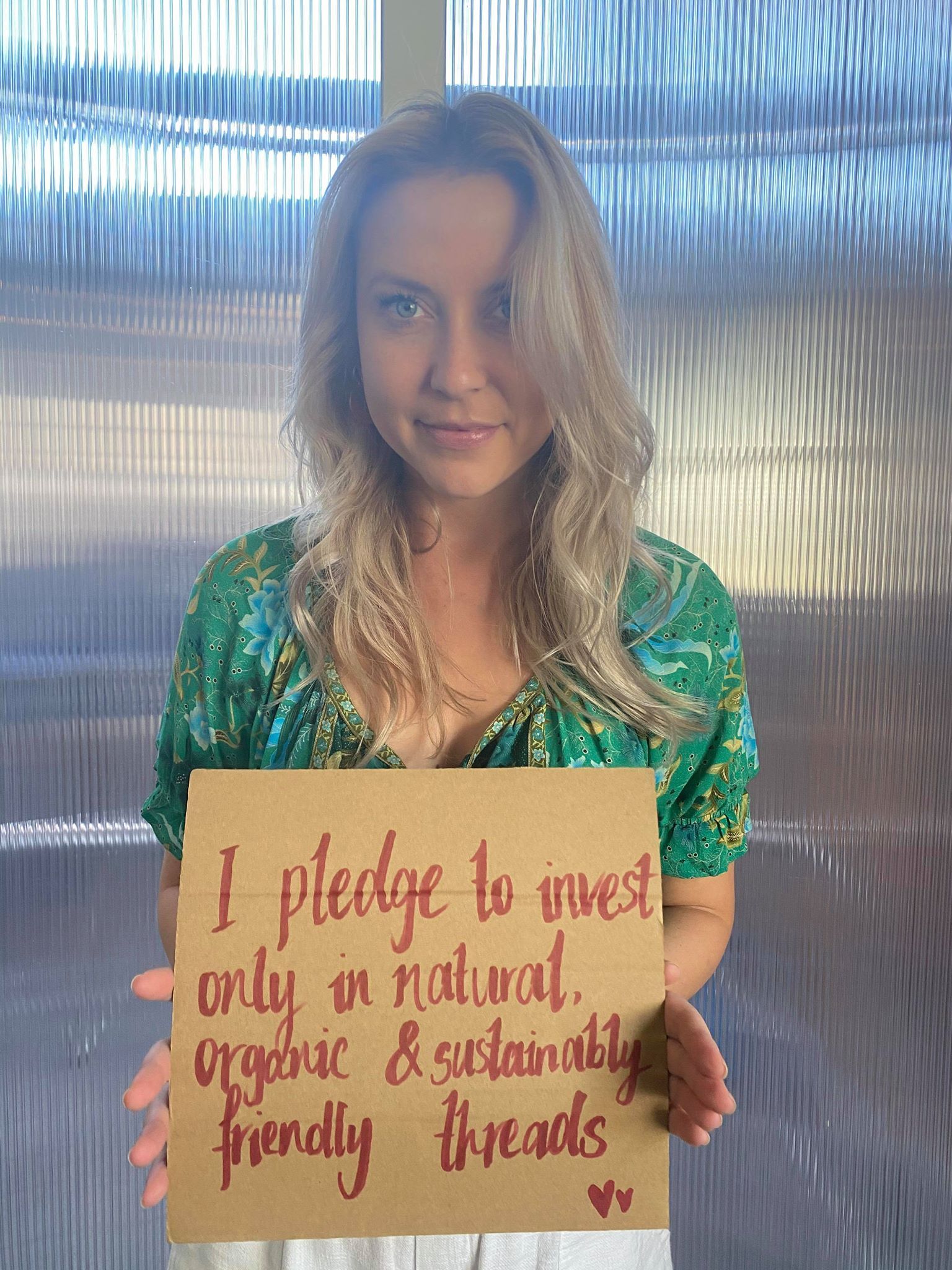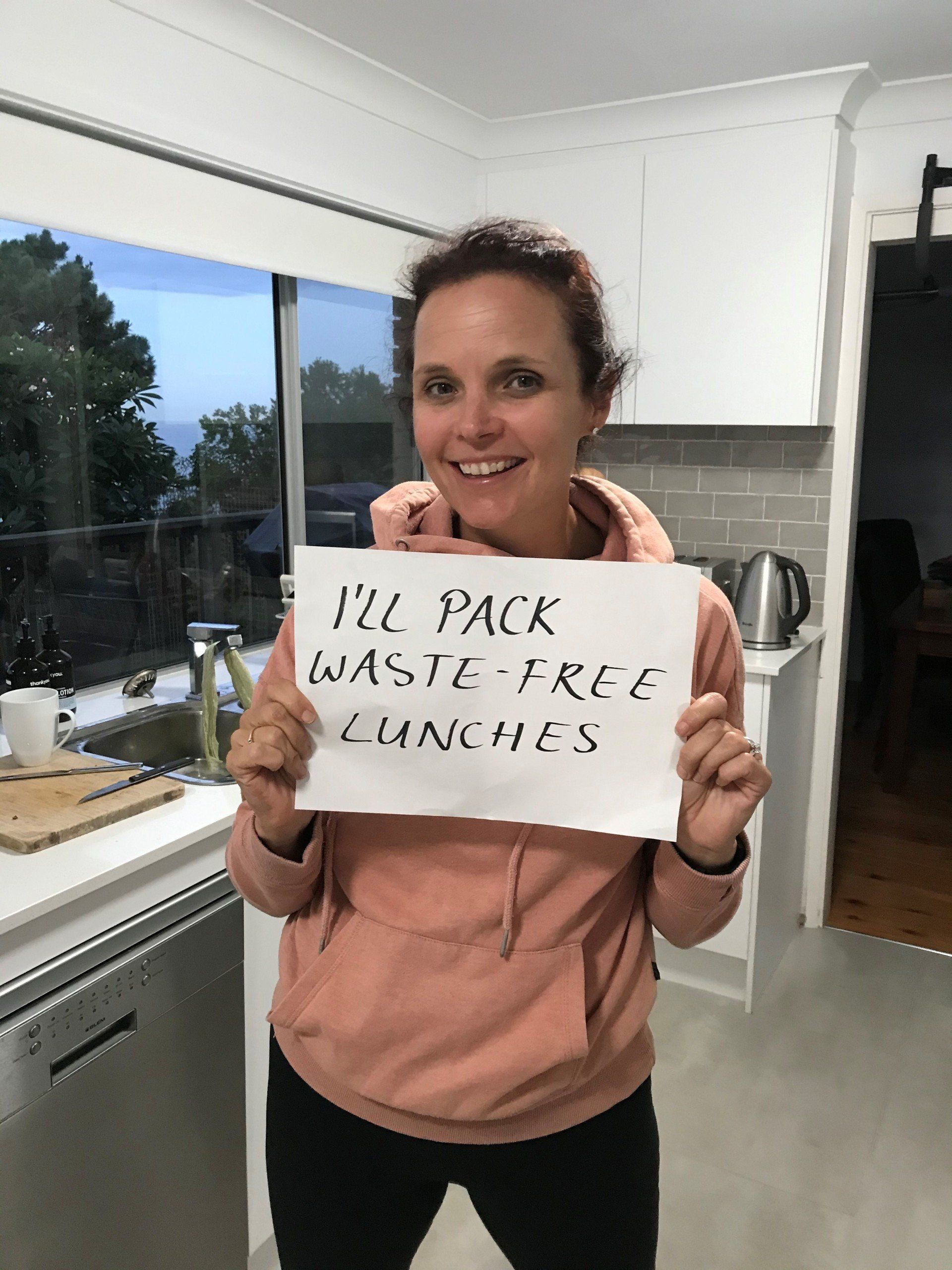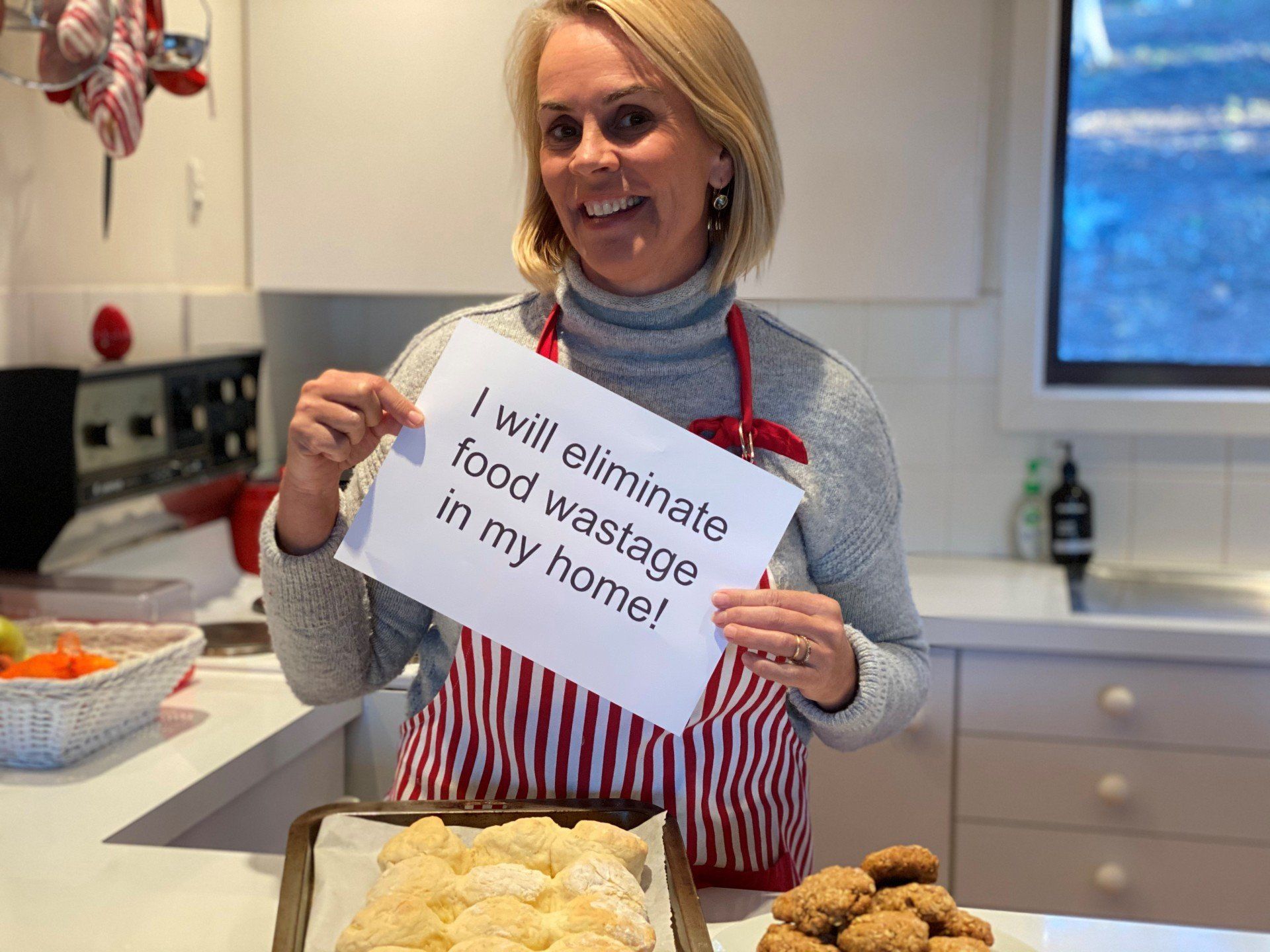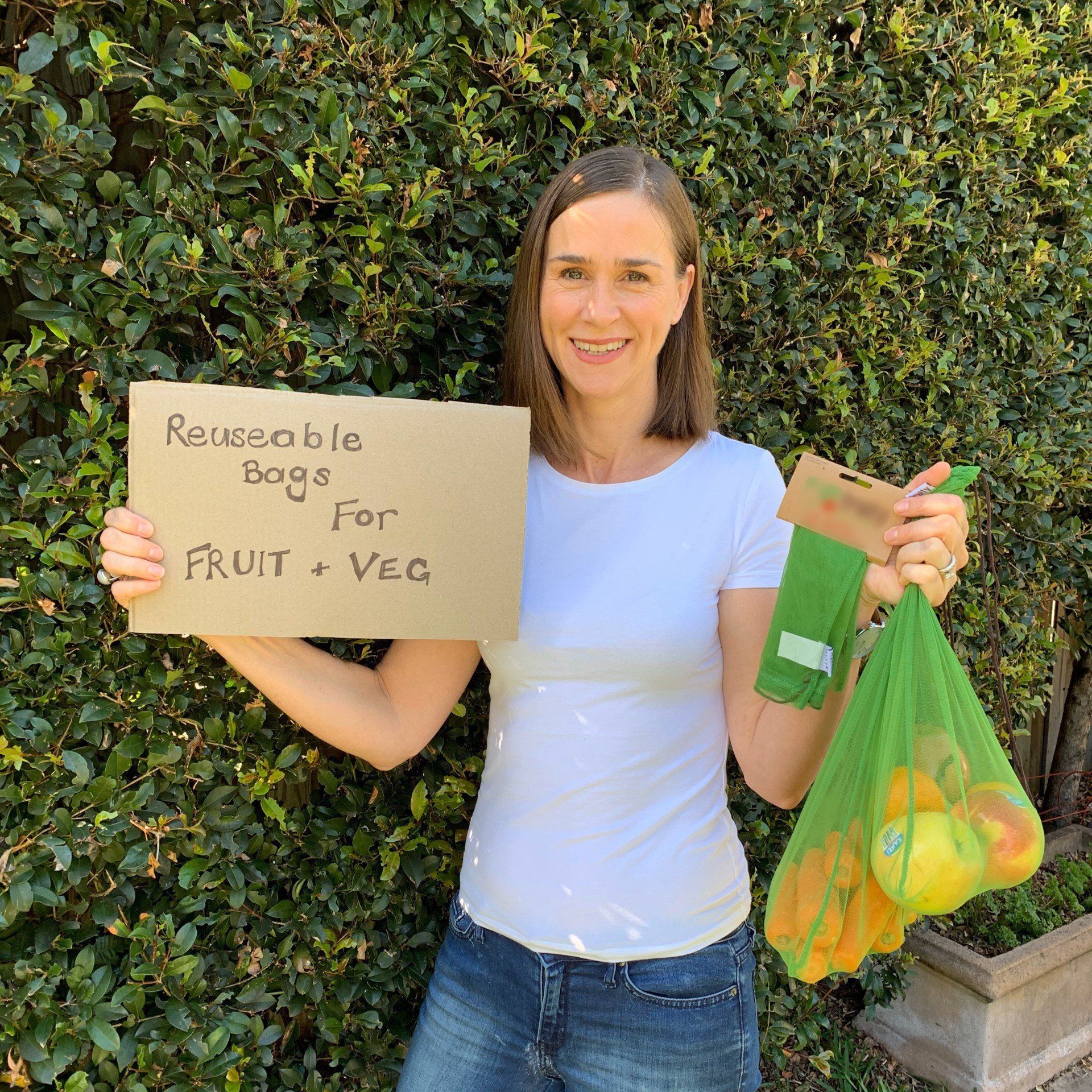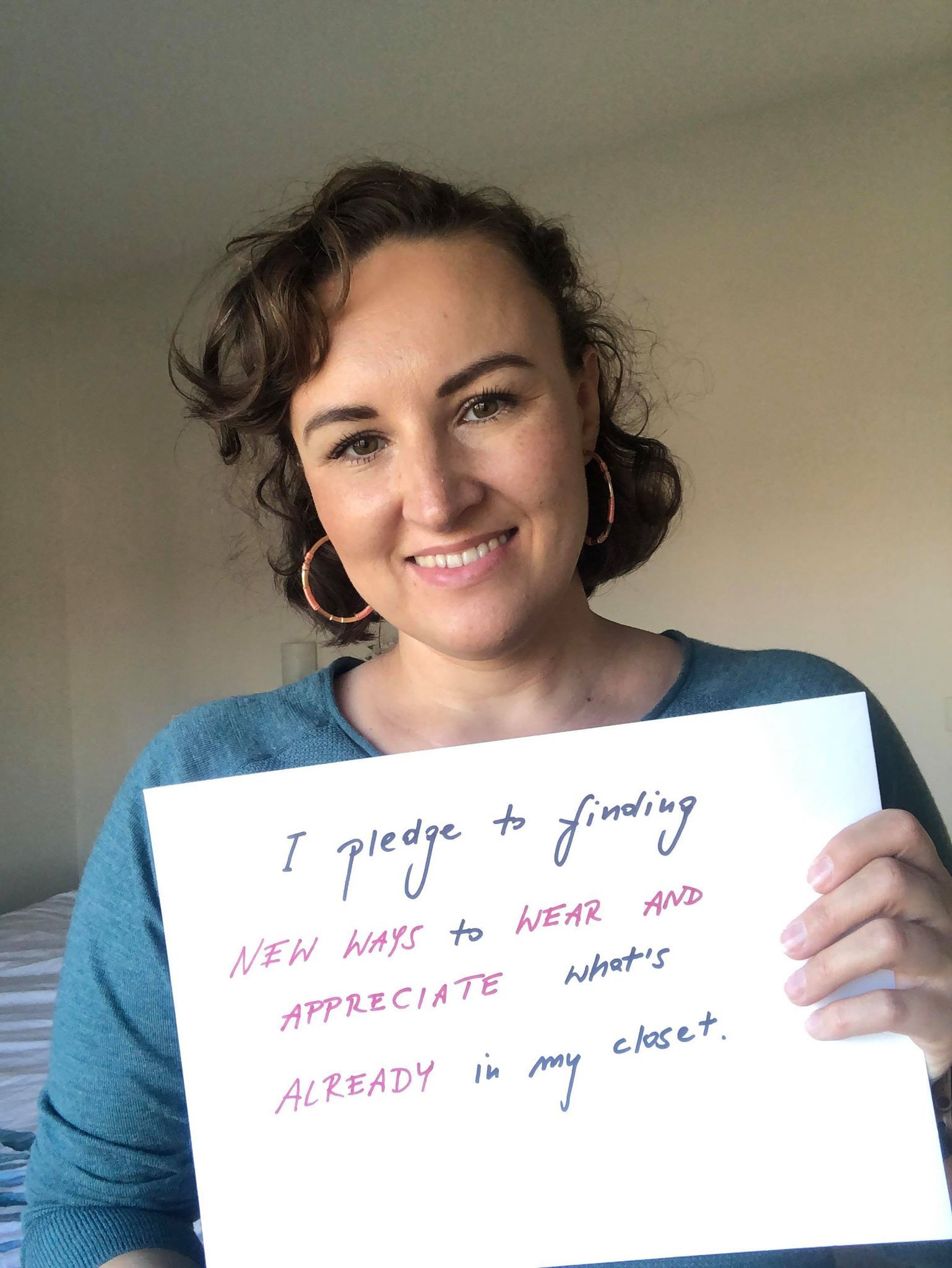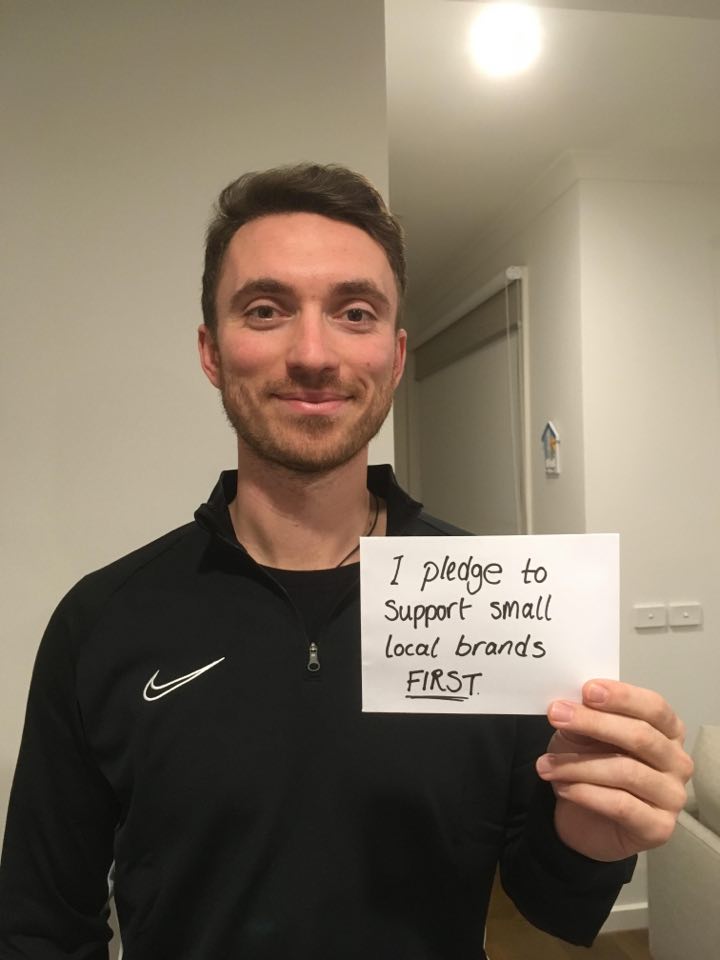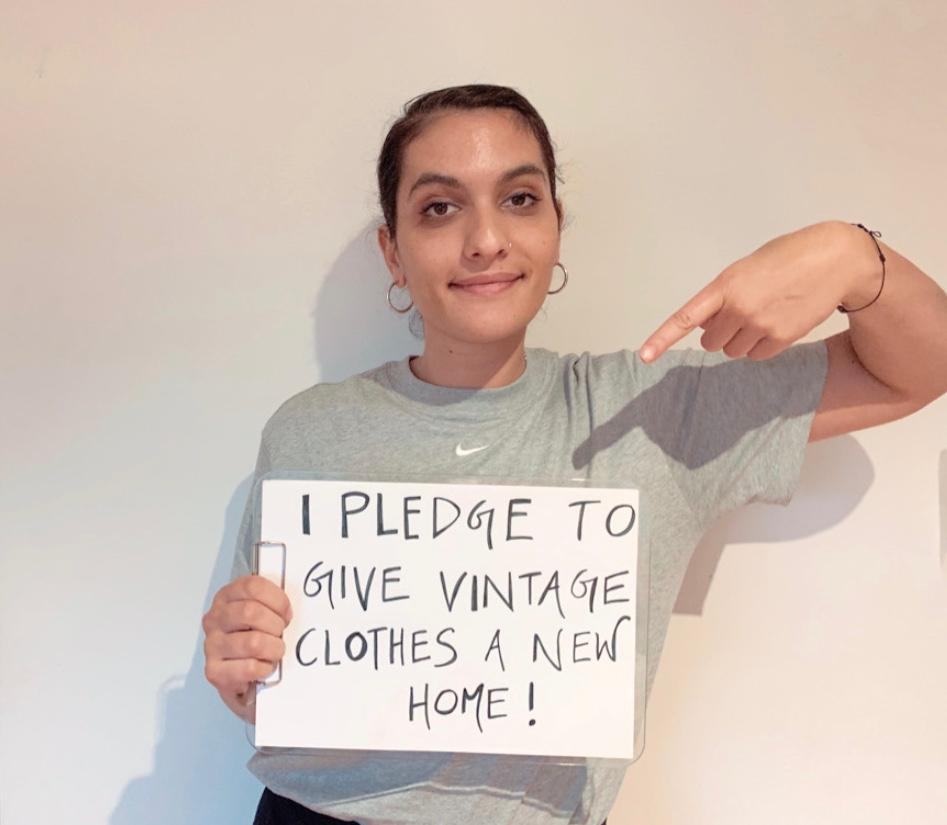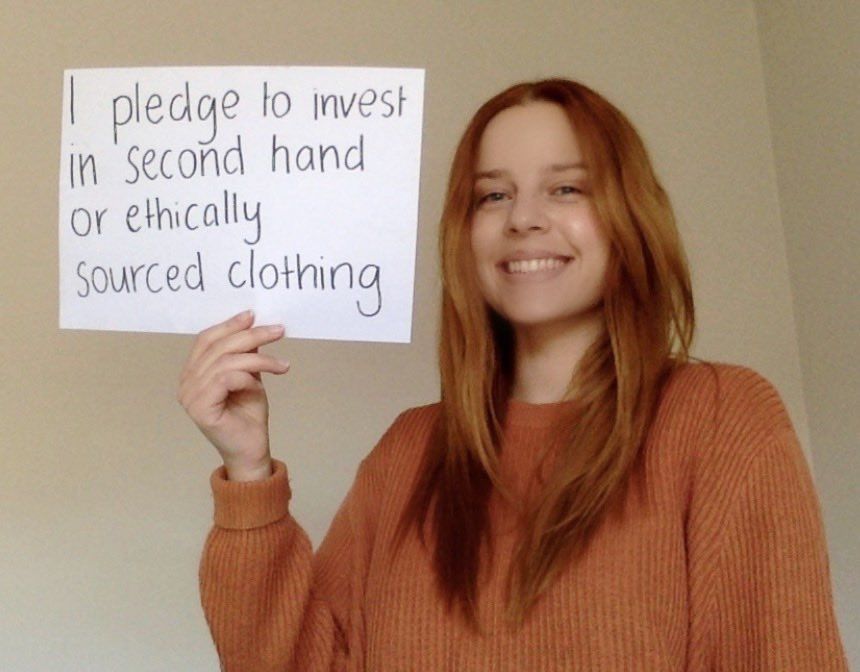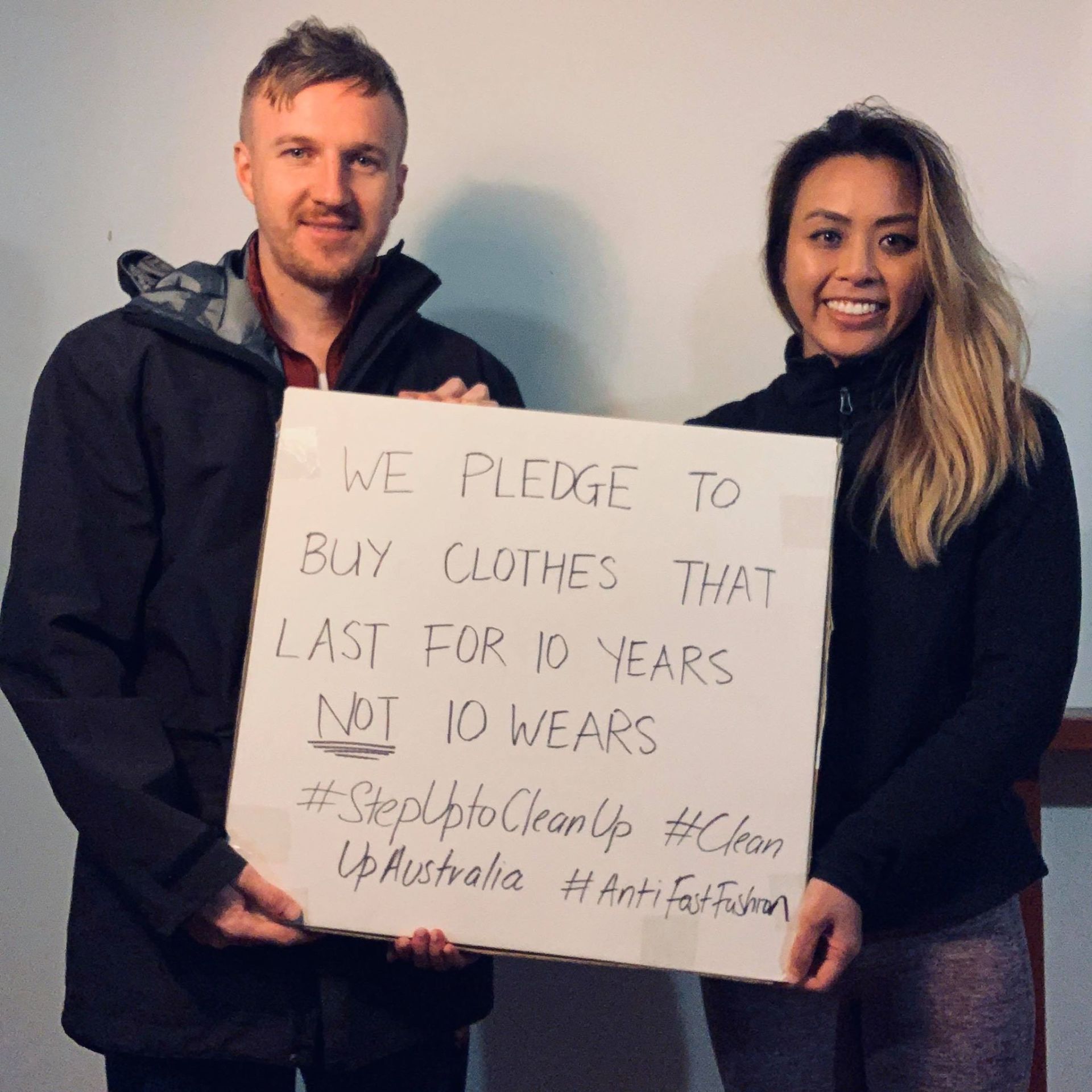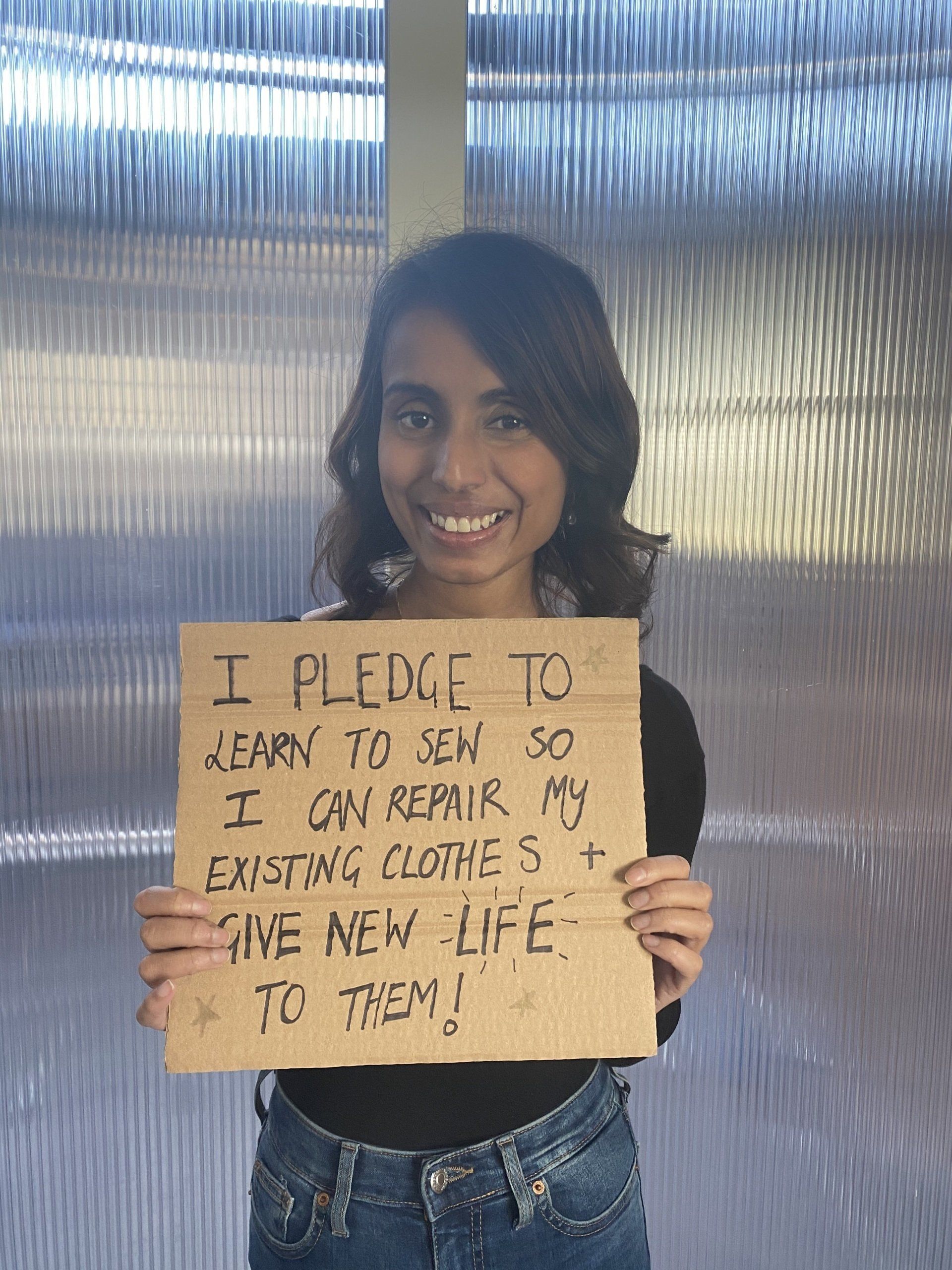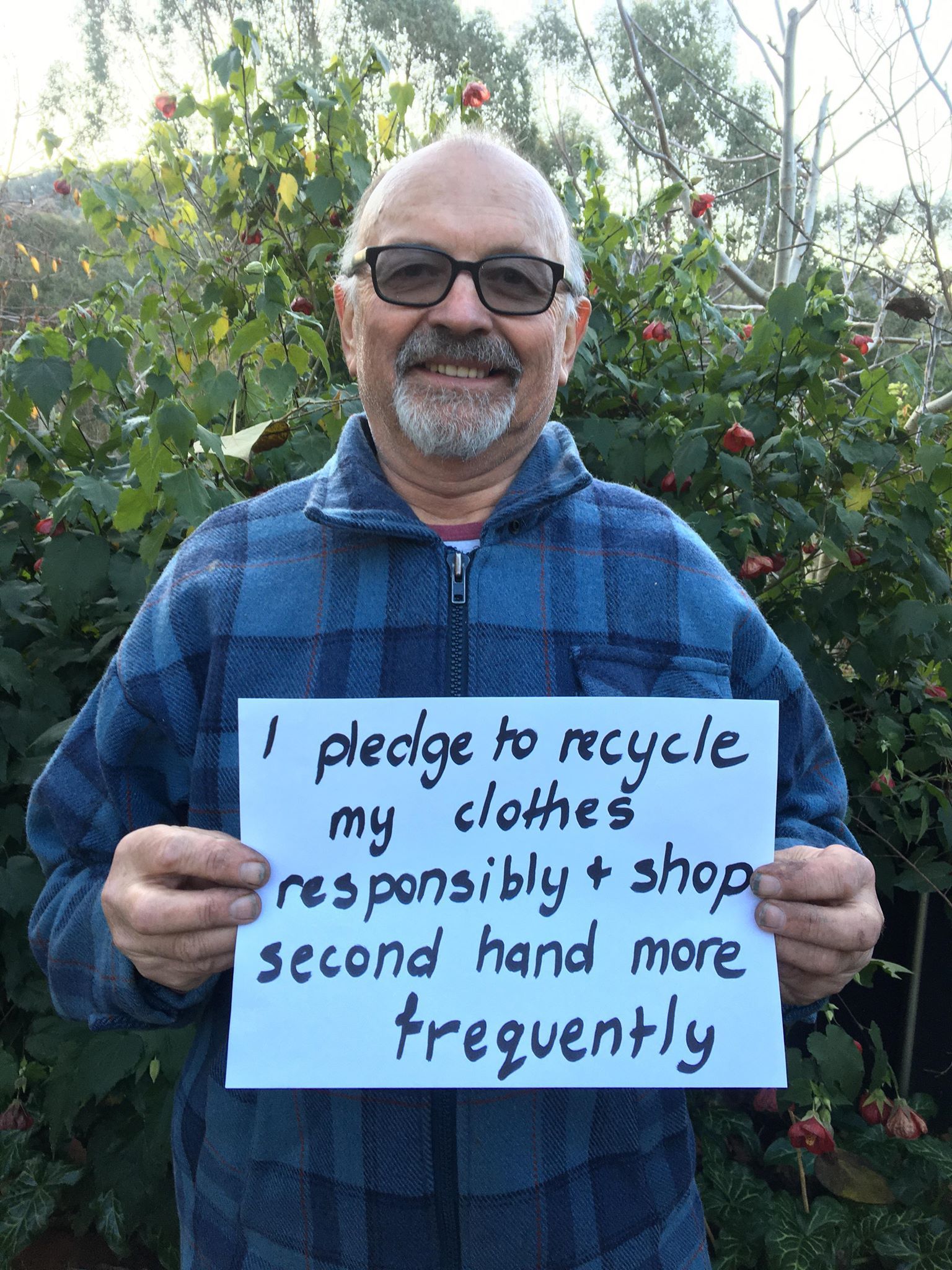Food packaging
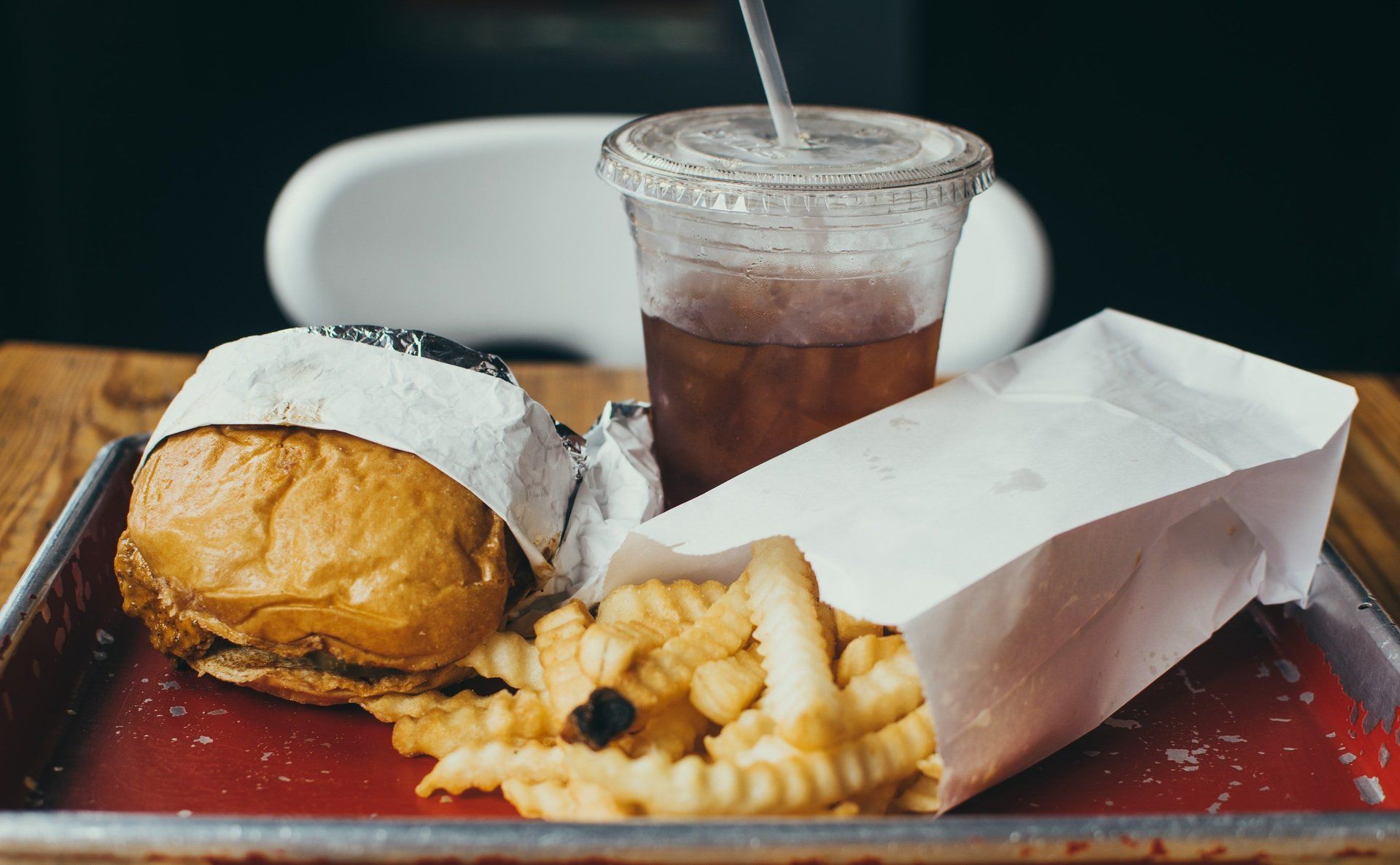
THE PROBLEM
Food packaging represents nearly 15% of all rubbish reported by Clean Up volunteers.
Polystyrene, clam shell packaging, is the most prevalent item - coming in at 29% of the food packaging count.
Next up is Glass at 24%
Followed by Plastics at 23%
Then Paper at 18%
Wood [ice-cream sticks] at 3%
Unidentifiable or mixed items at 2%
and Metals at just over 1%.
Food packaging is found everywhere, in gutters, along roadsides, at picnic sites, at beaches, in parks, in bushland.
In fact it's in all of the places we love to be!
CHANGE STARTS WITH YOU
Our Top Tips
- Go for naked fruit and veges - just as nature intended them
- Do you really need that small plastic bag?
- When you do get unavoidable packaging try to sort it into paper, plastics and glass - and recycle as best you can
- Feel like takeaway? Please bin your wrappers
- Take your own cup to your cafe - they might even give you a discount!
Remember, the problem not confined to takeaway food packaging.
There is a growing proliferation of packaging associated with all of the food we purchase.
Since when did our fruit and veges, which already come with their own protective skins, need to be smothered in plastic?
Why are multiple single serves then outer-wrapped?
The reason is simple - it makes the checkout quicker.
A number of responsible retailers are making changes - Harris Farm Markets has replaced plastic and it allowing their fruit and veges free reign on the shelf.
The major supermarkets are promising change [they have enormous influence over the supply chain] - but the timelines are long.
So between now and then it is up to us to choose what packaging we take.
There is a growing proliferation of packaging associated with all of the food we purchase.
Since when did our fruit and veges, which already come with their own protective skins, need to be smothered in plastic?
Why are multiple single serves then outer-wrapped?
The reason is simple - it makes the checkout quicker.
A number of responsible retailers are making changes - Harris Farm Markets has replaced plastic and it allowing their fruit and veges free reign on the shelf.
The major supermarkets are promising change [they have enormous influence over the supply chain] - but the timelines are long.
So between now and then it is up to us to choose what packaging we take.
Inspire your family and friends to make a change by sharing your pledge and tagging @CleanUpAustralia #CleanUpAustralia
© 2024
Clean Up Australia
Clean Up Australia acknowledges the Traditional Owners of Country throughout Australia and their continuing connection to land, waters and community. We pay our respects to Elders past and present.




































